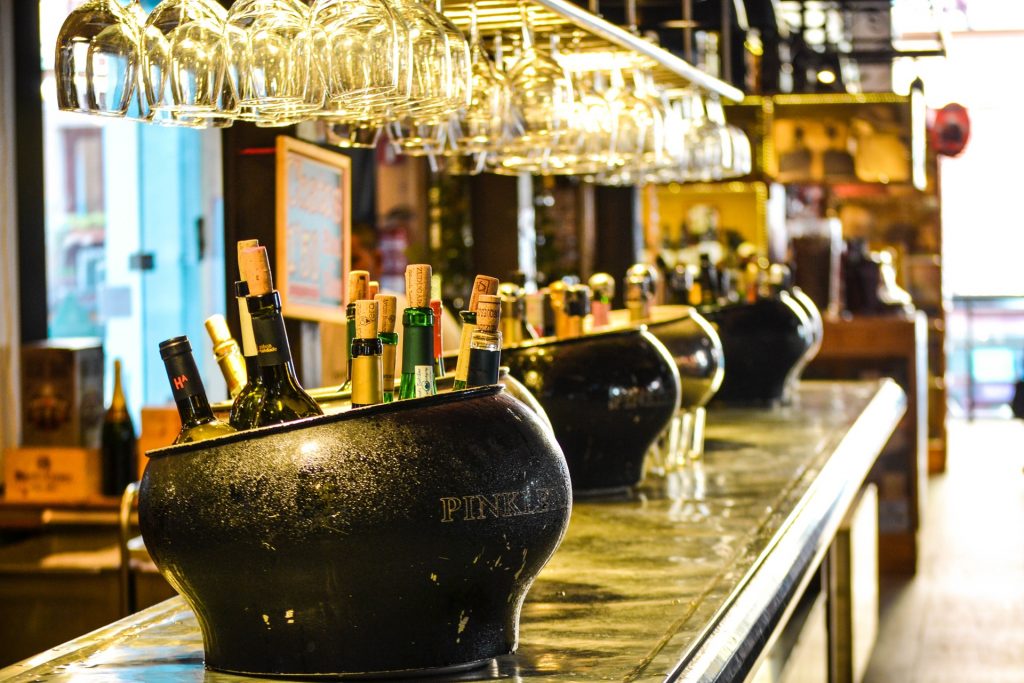
Serving temperature can have a profound impact on both the taste and mouthfeel of wine, so part of my getting ready to taste wines with customers is to figure out what temperature I want to serve them at. A consideration of the grape varieties and the wine style usually provides a good starting point, but there can be surprises.
Sometimes many surprises.
Recently, I received several proprietary blends to evaluate from a new producer than I am working with. Because I didn’t know exactly what was in each wine I had to make some guesses about serving temperature and I, er, um, guessed wrong. Multiple times. As I was tasting through the sample bottles, I really started to feel a bit like Goldilocks… “This wine is too warm! This wine is too cold!”
There are many ways that temperature affects how we perceive wine. A cooler wine gives off less aroma than a warmer one. Because smell is a big part of taste, this changes both what goes on in your nose and what happens in your mouth. Make a wine too cold, below 40°F or so, and it won’t have much of any flavor at all (which, it should be noted, can sometimes be an advantage with less delicious wines). At the other extreme, as wine gets too warm (above 70° to 75°F), the alcohol starts to take over, masking the taste and giving an unpleasant burning sensation.
A lower serving temperature can give a wine more body and, on warm days, make a wine more refreshing. It also reduces the tongue’s perception of sweetness, which is why ice cream tastes great when cold but overly sweet when melted. On the other hand, acidity, bitterness, and astringency (tannin) are all more noticeable in cool wine than warm.
Commonly given advice is to “serve white wines chilled and red wines at room temperature.” This leads people wrong in a number of ways. All too often “chilled” becomes “straight from the refrigerator”, a temperature that is almost always too cold. Similarly, “room temperature”, especially on a summer day or when the room is the kitchen, is likely to be too warm. Even when it isn’t, many red wines will benefit from being chilled slightly below what most of us would consider a comfortable room.
As with many other things about wine, the right serving temperature depends on which bottle you have in front of you. The chart below gives approximate temperature ranges for serving red, white, and rosé wines. Richer, fuller wines will typically be best in the warmer part of the range. Lighter or sweeter wines towards the cooler part (with the combination of light and sweet served coldest). Sparkling wines also are served at lower temperatures as cold helps keep the carbon dioxide in solution, preserving the bubbles and keeping the wines from becoming too frothy.
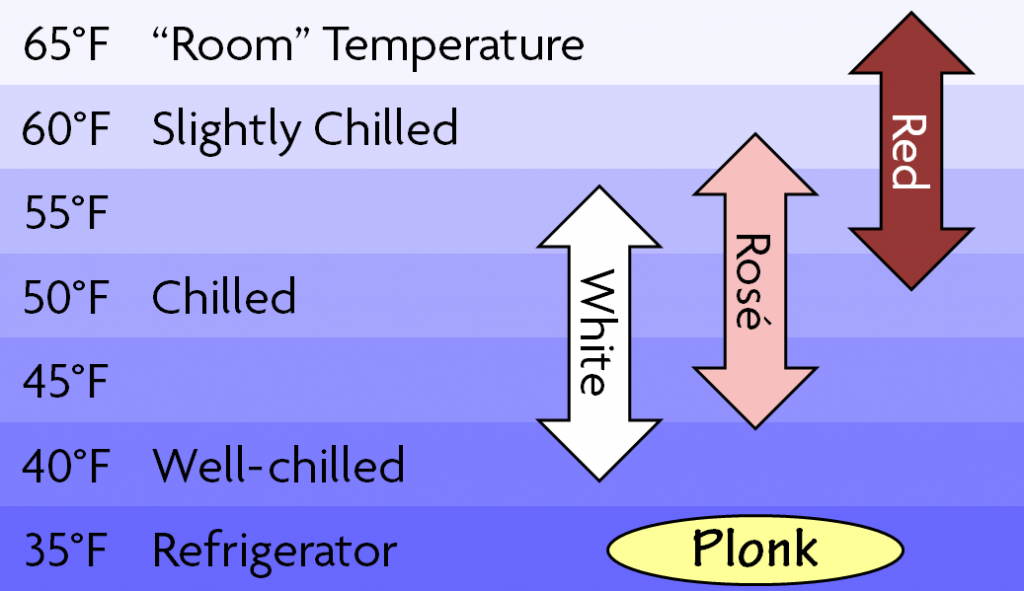
When chilling wine, allow about 30 minutes of time in the refrigerator for every five degrees cooler you want to make it. If you’re in a hurry, use an ice bath– then you only need to allow about 2 minutes per five degrees. Wine warms up quickly in the glass, and it is usually a good idea to have the bottle just a little cooler than “perfect” to allow for this. If you need to warm up an entire bottle, plan for about 15 minutes per five degrees in a 70 degree room. (In a warmer room it will take less time.)
Returning to our narrative, the fairy tale solution of opening new bottles until finding one that was just right was unavailable to me, so I was just going to have to work with what I already had. The wines that seemed too thin or sweet I chilled a bit more. The ones that seemed odorless or flavorless I let warm up a bit. And when I went back to re-taste them all, things were much better.
The moral of the story is listen to your taste buds. (Well, that and… the bears should be truly thankful Goldilocks didn’t find the key to the wine cellar!) By taking advantage of the ways the temperature affects the perception of wine you can make it more enjoyable. Besides, your taste buds work differently than everyone else’s– maybe a little experimentation will help you discover why your friends are raving about a wine you think is only so-so. After all, the three bears prove that even in a fairy tale not everyone likes things the same way.

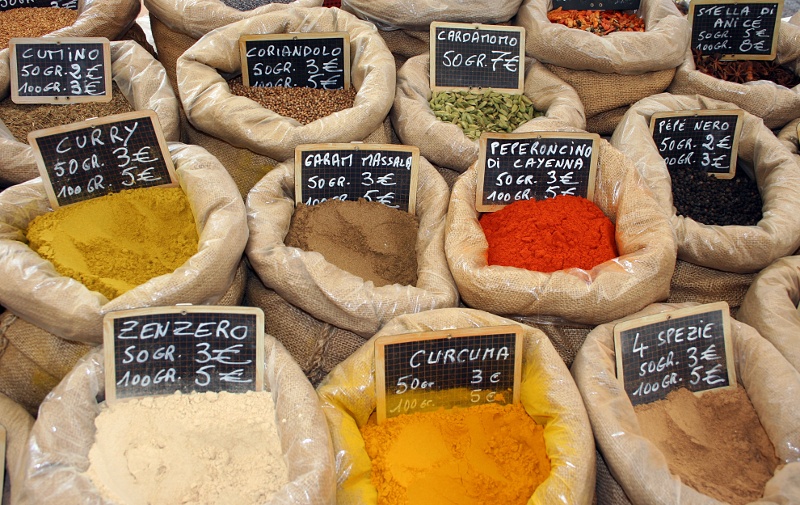 Wood barrel aging has been called the winemakers spice rack. In the same ways that herbs and spices make foods more delicious, the aromas and flavors derived from wood can enhance wine. An earlier post discussed the effects of the different types of wood used in wine barrels, but that’s just the beginning. There are many other factors that affect the final result. For example, toast.
Wood barrel aging has been called the winemakers spice rack. In the same ways that herbs and spices make foods more delicious, the aromas and flavors derived from wood can enhance wine. An earlier post discussed the effects of the different types of wood used in wine barrels, but that’s just the beginning. There are many other factors that affect the final result. For example, toast.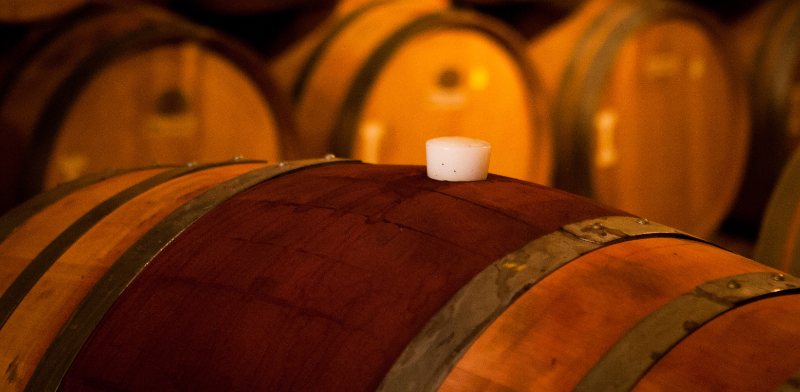 The woods that the Gauls used for making barrels were oak and fir. When these were adopted by the Romans, oak proved to be more suitable for wine, and its use continues to this day. However, people being what they are, we can be pretty sure that just about every other kind of wood has been tried at least once for making barrels and probably for storing and aging wine. A handful have been up to the job.
The woods that the Gauls used for making barrels were oak and fir. When these were adopted by the Romans, oak proved to be more suitable for wine, and its use continues to this day. However, people being what they are, we can be pretty sure that just about every other kind of wood has been tried at least once for making barrels and probably for storing and aging wine. A handful have been up to the job.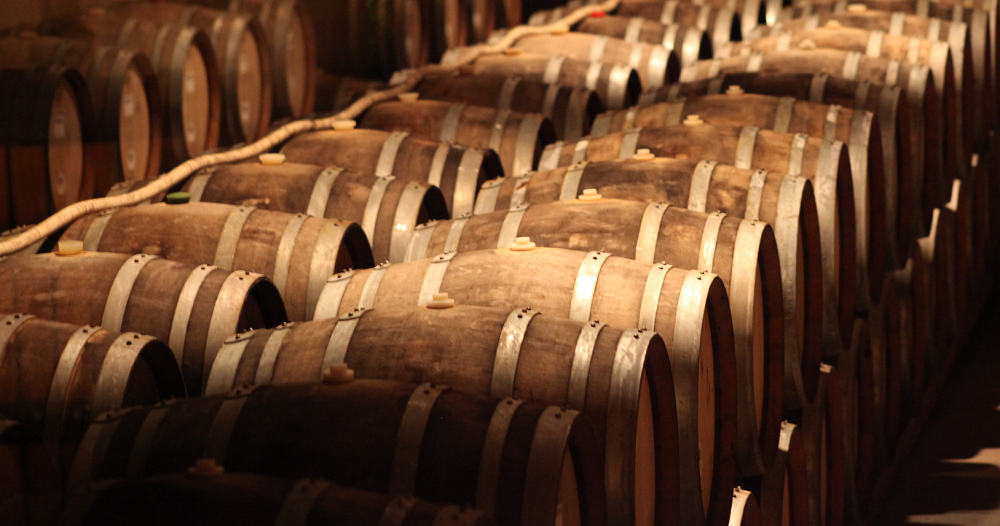 The original reason for putting wine into wood barrels was to make it easier to move. Amphorae and dolia made from clay were a proven solution for wine storage and could be transported reasonably well by ship, but their weight and fragility made them much less suitable for going any distance over land. The Mesopotamians are believed to be the first to use wooden barrels to carry wine. These were manufactured by hollowing out palm tree trunks, a time-consuming and expensive process, and their use did not spread outside of the Middle East.
The original reason for putting wine into wood barrels was to make it easier to move. Amphorae and dolia made from clay were a proven solution for wine storage and could be transported reasonably well by ship, but their weight and fragility made them much less suitable for going any distance over land. The Mesopotamians are believed to be the first to use wooden barrels to carry wine. These were manufactured by hollowing out palm tree trunks, a time-consuming and expensive process, and their use did not spread outside of the Middle East.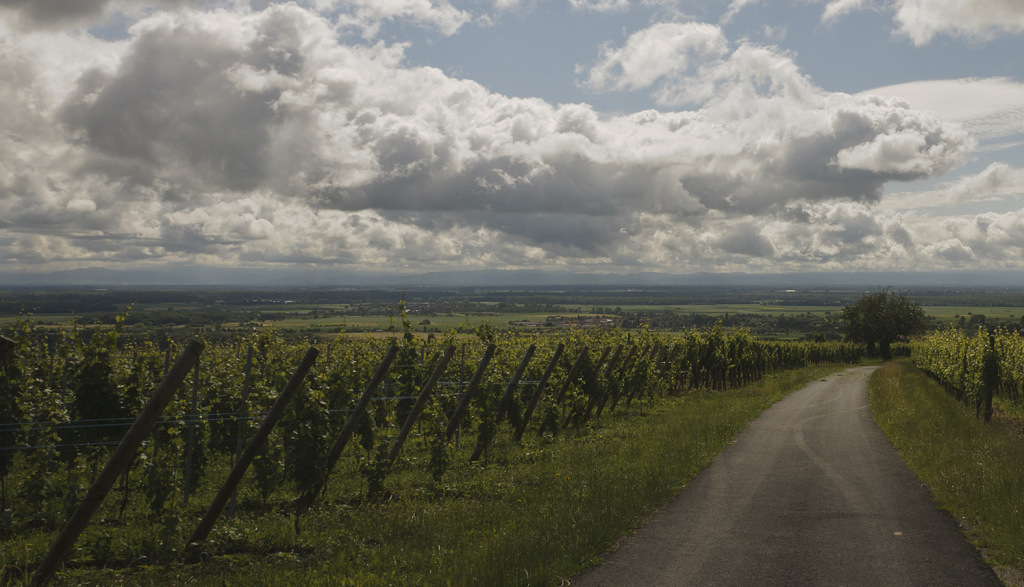 Wine grapes are finicky things. They need water to grow, but if they get rain at the wrong time then the fruit can rot. Sun and warmth are required to ripen the grapes fully, however too much will result in high sugar (and, therefore, alcohol) with not enough flavor. The right mix of everything depends on which grape variety you are trying to grow and what wine you are trying to make. With all that to worry about, we can see why the topic of climate change is an important one to winemakers. Three recent articles explore the subject from strikingly different directions.
Wine grapes are finicky things. They need water to grow, but if they get rain at the wrong time then the fruit can rot. Sun and warmth are required to ripen the grapes fully, however too much will result in high sugar (and, therefore, alcohol) with not enough flavor. The right mix of everything depends on which grape variety you are trying to grow and what wine you are trying to make. With all that to worry about, we can see why the topic of climate change is an important one to winemakers. Three recent articles explore the subject from strikingly different directions.